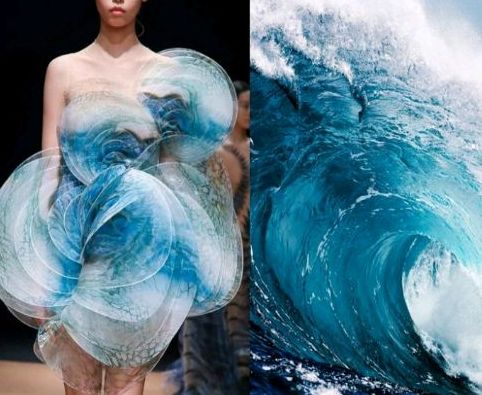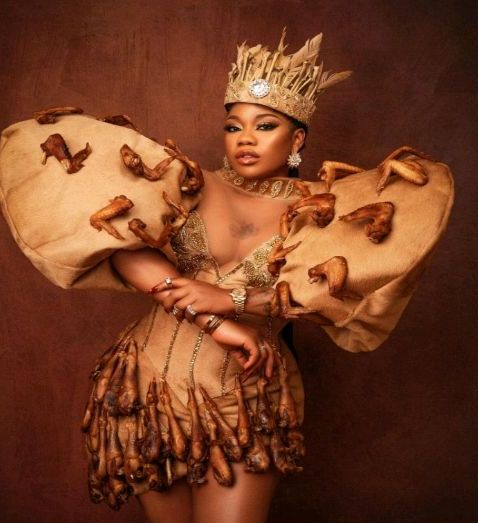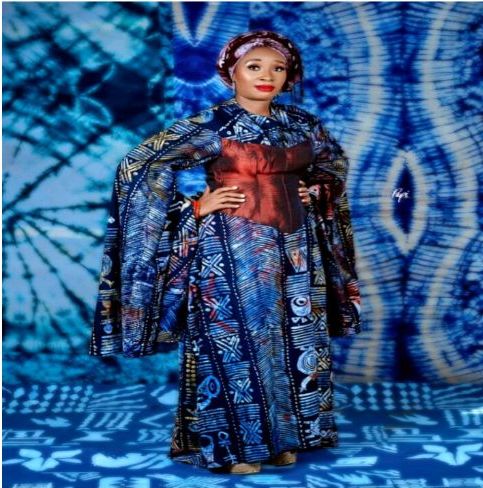Kawthar Ibrahim

Fashion icons have always played a significant role in the industry, establishing trends and encouraging individuals to wear clothes in novel and distinctive ways.
The fashion business has been greatly shaped by these style heroes, and our current trends and styles are evidence of their impact.
Known by most as Toyin Lawani, Toyin Ajoke Muyinat Lawani-Adebayo is a well-known Nigerian celebrity who works as a fashion designer, novelist, philanthropist, and serial entrepreneur. She is also referred to as the “king of fashion.”

Ronke Ademiluyi-Ogunwusi is Nigeria’s queen of fashion. She is a fashion entrepreneur from Nigeria. Born to a member of the royal dynasty, she is the British-Nigerian Olori (queen) of the Ife Kingdom.
She is the great-granddaughter of Southwest Nigeria’s Ile-Ife Kingdom’s 48th king, Ooni Ajagun Ademiluyi. The 51st Ooni of Ife, Ooni Adeyeye Enitan Ogunwusi, is her husband.

You may have been wondering how these timeless and amazing patterns got to be on these fashion icons.
A new design is ignited by inspiration. It’s an essential first step toward producing innovative, boundary-pushing, attention-grabbing work.
All designers, from architects to fashion designers, begin with a concept, picture, or emotion that inspires them. They transform that inspiration into a design concept and ultimately a final product through a creative process.
Through their design work, they must be able to communicate their inspiration to the audience and convey their vision and originality.
Fashion designers do more than simply copy other designers’ work and make a few minor adjustments to create a new product.
They strike a balance between form, function, and budget while translating an idea, story, or sentiment into exquisite designer apparel that speaks to their target market.
The specialization and standing of the designer in the industry typically influence this creative process.
While some fashion designers can incorporate inspiration into their designs more freely, others must prioritize cost, functionality, and mass market appeal. For instance, distinct ideas from a swimwear designer may inspire a menswear designer.
Furthermore, the sources of inspiration for haute couture design differ from those of ready-to-wear collections. Anything can inspire creativity: a flower in bloom, a memory from childhood, a broken chair, a cool beverage, or a melancholic tune.
Fashion designers frequently draw inspiration for their creations from natural elements including plants, animals, water, and landscapes. And considering how stunning nature can be, this makes sense.
The creative movements, paintings, and sculptures have inspired the minds of numerous fashion designers. Art is one of the main sources of inspiration for many well-known designers. They may be inspired by a specific piece’s lighting or texture, or they may be drawn to a specific pattern, form, or colour scheme.
Also, film has been entwined with fashion from its inception. Fashion designers and filmmakers have a history of working together to produce iconic looks and characters. Great films require excellent design in all aspects, from lighting to sets to costumes.
Additionally, like in other forms of art, the creative process heavily relies on emotion. An emotion, no matter how good or terrible, can be a great place for a designer to start.
Moreover some fashion designers make it their mission to physically convey the feelings they’ve had. Some designers aim to arouse specific emotions in their viewers or buyers.
Fashion designers occasionally have a narrative to share. They could be inspired to provide the background of a significant event or their own narrative of origin. They might also weave a creative narrative from multiple sources of inspiration, telling the story as told by the whole collection.
In conclusion, the fashion industry has evolved into a platform for public speech more than before. Globalisation and social media have made fashion more accessible to everyone, and some designers are actively using their platform to make comments.
